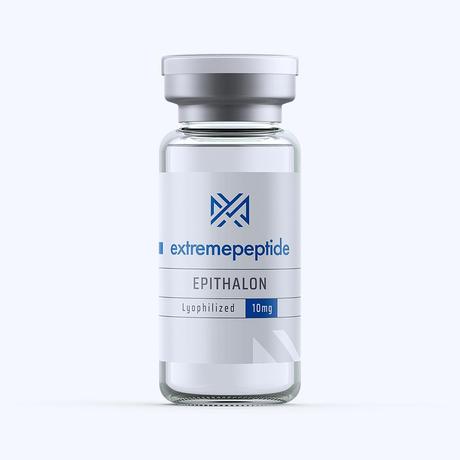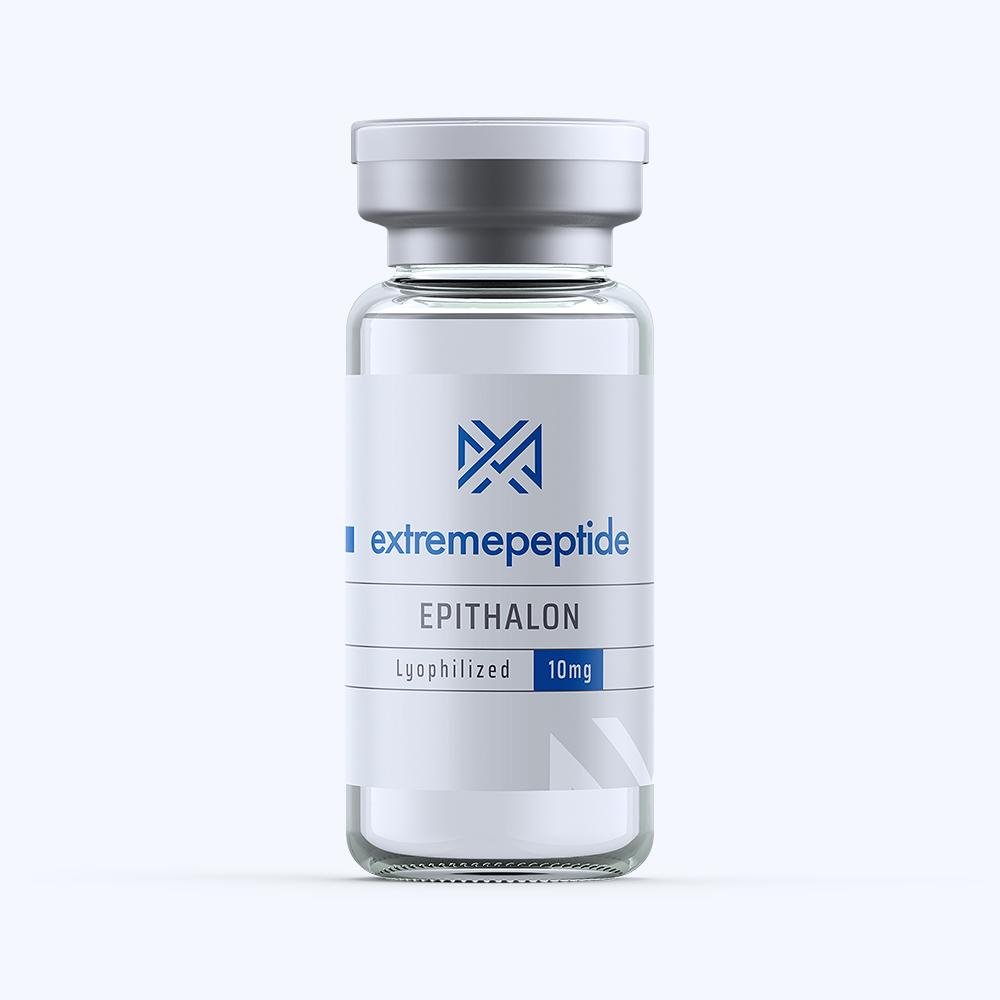Sale!


Epithalon
In stock
$48.99$69.99
- Concentration
- 10 mg per vial
Free & Fast
Shipping
Earn
Rewards
Excellent
Service

$48.99$69.99
Free & Fast
Shipping
Earn
Rewards
Excellent
Service
| Property | Value |
|---|---|
| Molecular Formula | C14H22N4O9 |
| Molecular Weight | 390.35 |
| Monoisotopic Mass | 390.13867829 |
| Polar Area | 225 |
| Complexity | 607 |
| XLogP | -5.5 |
| Heavy Atom Count | 27 |
| Hydrogen Bond Donor Count | 7 |
| Hydrogen Bond Acceptor Count | 10 |
| Rotatable Bond Count | 12 |
| Physical Appearance | Fine White Lyophilized Powder |
| Stability | Lyophilized protein is to be stored at -20°C. It is recommended to aliquot the reconstituted (dissolved) protein into several discrete vials in order to avoid repeated freezing and thawing. Reconstituted protein can be stored at 4°C |
| PubChem LCSS | Epithalon Laboratory Chemical Safety Summary |
| Property | Property Value |
|---|---|
| CID | 219042 |
| CAS | 307297-39-8 |
| InChI | InChI=1S/C14H22N4O9/c1-6(15)12(25)17-7(2-3-9(19)20)14(27)18-8(4-10(21)22)13(26)16-5-11(23)24/h6-8H, 2-5, 15H2, 1H3, (H, 16, 26)(H, 17, 25)(H, 18, 27)(H, 19, 20)(H, 21, 22)(H, 23, 24)/t6-, 7-, 8-/m0/s1 |
| InChIKey | HGHOBRRUMWJWCU-FXQIFTODSA-N |
| Isomeric SMILES | C[C@@H](C(=O)N[C@@H](CCC(=O)O)C(=O)N[C@@H](CC(=O)O)C(=O)NCC(=O)O)N |
| Canonical SMILES | CC(C(=O)NC(CCC(=O)O)C(=O)NC(CC(=O)O)C(=O)NCC(=O)O)N |
| IUPAC Name | (4S)-4-[[(2S)-2-aminopropanoyl]amino]-5-[[(2S)-3-carboxy-1-(carboxymethylamino)-1-oxopropan-2-yl]amino]-5-oxopentanoic acid |
Generated by Extreme Peptide with Open Babel, version 2.3.1, http://openbabel.org (accessed April 20, 2025)
Interactive 3D representation of Epithalon (CID 219042)
Accurate research is our priority.
Get 25% off your first order and all the latest information on events, sales, & offers.

